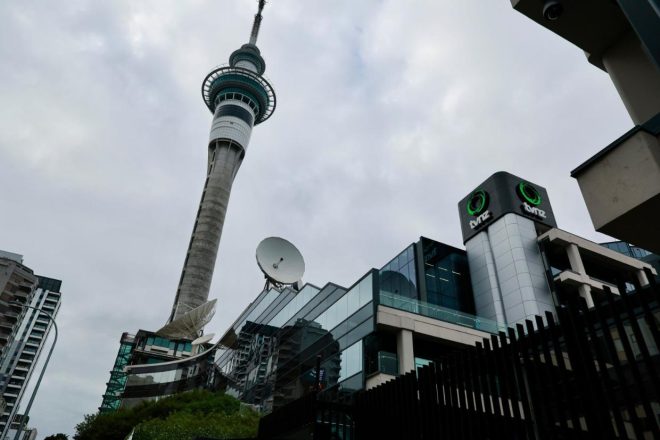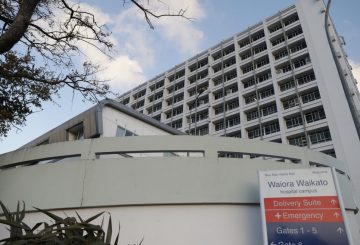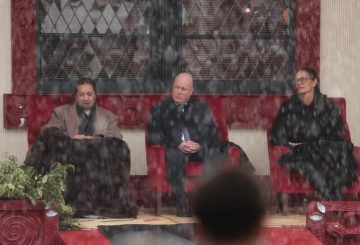TVNZ đang phải đối mặt với nhiều cắt giảm tài chính hơn và đã công bố những thay đổi lớn đối với hoạt động của mình. Bắt đầu từ năm tới, công ty sẽ đóng cửa trang web 1News, thuê ngoài một số công việc và sửa đổi lịch trình của nhân viên. Họ đặt mục tiêu tiết kiệm 30 triệu đô la thông qua những thay đổi này.
Paul Goldsmith, Bộ trưởng Truyền thông và Truyền thông, tuyên bố rằng lĩnh vực truyền thông đang chịu áp lực và TVNZ phải sáng tạo và thích ứng với nhu cầu của khách hàng. Ông thừa nhận tình hình khó khăn đối với nhân viên TVNZ trong quá trình tham vấn này.
Willie Jackson, phát ngôn viên của Lao động của Truyền thông và Truyền thông, bày tỏ lo ngại đối với các nhân viên bị ảnh hưởng. Ông chỉ ra rằng những cắt giảm này sau khi giảm các chương trình nổi tiếng như Fair Go và Sunday, cũng như việc đóng cửa các cơ quan truyền thông khác như Newshub. Jackson chỉ trích chính phủ vì không ưu tiên lĩnh vực truyền thông, vốn đóng góp 4,1 tỷ đô la cho nền kinh tế và sử dụng hơn 25.000 người ở New Zealand.
Chuyên gia truyền thông Duncan Grieve lưu ý rằng các tổ chức tin tức đang gặp khó khăn, và sự tập trung của TVNZ vào nội dung video là một chiến lược tốt. Ông hiểu việc đóng cửa trang tin tức kỹ thuật số là một lựa chọn khó khăn nhưng khen ngợi công ty vì đã tập trung vào những gì họ làm tốt nhất. Grieve dự đoán rằng TVNZ có thể tiếp tục chuyển sang dịch vụ phát trực tuyến của mình, TVNZ +, nhưng ước họ đã thực hiện những thay đổi này sớm hơn, vì nó có thể giúp duy trì một số chương trình nhất định chạy.
Những thay đổi theo kế hoạch tại TVNZ bao gồm:





























































